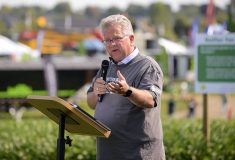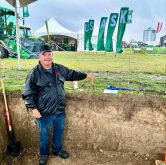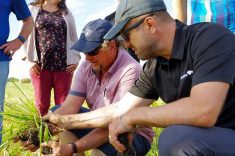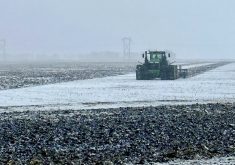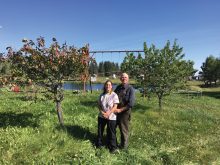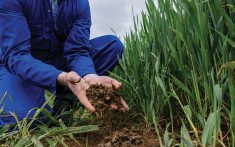It makes sense that a 1,200-pound cow would place quite a lot of pressure on the ground on which it walks.
But a new study shows that even these heavy animals can’t do much to compact common soils — if they’re grazed responsibly.
Those are the results of a 16-year-long study, established in 1997 by Terry Klopfenstein, a professor of animal science at the University of Nebraska-Lincoln and carried on by soil scientist Humberto Blanco. The study was examining soil ecosystems and how changes in soil properties affected subsequent corn and soybean yields.
Read Also

Mazergroup’s Bob Mazer dies
Mazergroup’s Bob Mazer, who helped grow his family’s company into a string of farm equipment dealerships and the main dealer for New Holland machinery in Saskatchewan and Manitoba, died July 6 from cancer.
“We did not see any negative effects of grazing residues on soil properties except compaction,” Blanco said. “Compaction increased with grazing as expected, but it was not high enough to reduce yields. The level of compaction was too small to adversely affect corn or soybean yield.”
This is good news, Blanco said, especially as the team performed a “worst-case scenario” in their springtime condition with more than usual cattle on the field.
The researchers stocked cattle in cornfields after harvest in the fall and in spring before planting and found soil compaction was only slight. The compaction was slight even with more cattle than what experts would recommend on wet spring soil. Fall and winter grazing, when the ground was frozen, did not compact soil.
“We did not see many negative effects,” Blanco said.
Blanco said that it appears grazing cattle on corn residues in the field could have a slightly positive impact on soil quality, such as soil microbial community structure.
Compaction was still seen in high-traffic areas like around water and feed sources.







